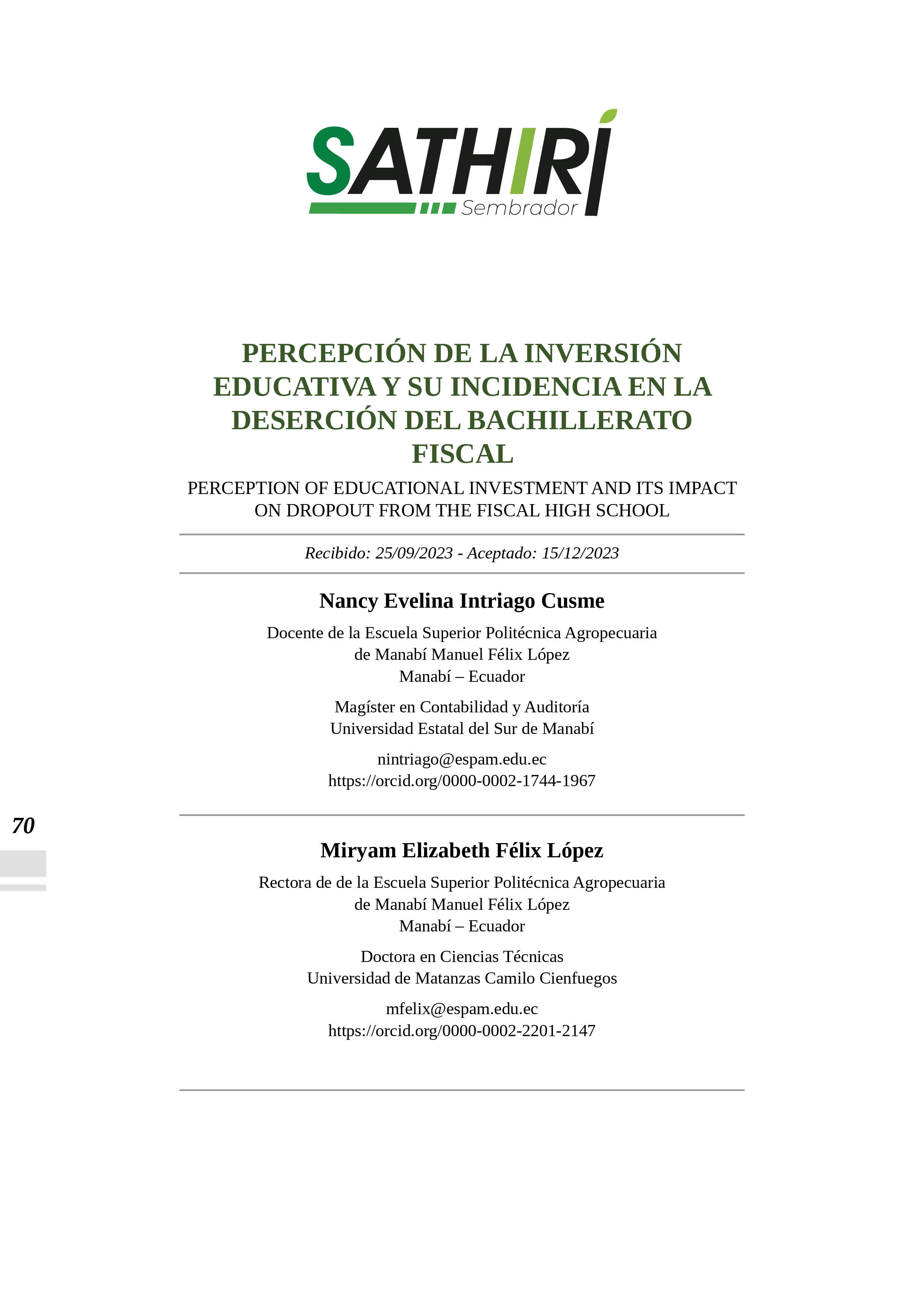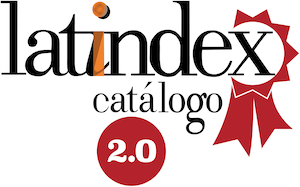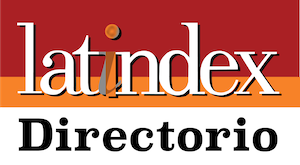Perception of educational investment and its impact on dropout from the fiscal high school
DOI:
https://doi.org/10.32645/13906925.1264Keywords:
Educational investment, School dropouts, Fiscal baccalaureate, Educational ResearchAbstract
This article analyzes the relationship between educational investment and dropout in Ecuador’s fiscal high school, with a focus on the province of Manabí. School dropout is a persistent challenge in Ecuador, and this case study seeks to understand how educational investment affects student retention. The methodology was based on differentiated surveys of principals and teachers for the different perspectives that contribute to more objective results. The results show a significant correlation between educational investment and attrition, supporting the idea that educational
investment has a positive impact on student retention. Other factors, such as socioeconomic conditions and lack of family support, were identified as contributing to dropout. However, educational investment helps mitigate these problems by raising the quality of education and providing additional opportunities for students. This study recognizes that dropout is a complex phenomenon, influenced by multiple factors. It highlights the importance of teacher professional development and emphasizes the need for future research that combines quantitative and qualitative data for a deeper understanding of this relationship. Rectors and teachers reach a consensus on the relationship between investment and attrition, albeit with mixed opinions. This analysis highlights the importance of allocating adequate resources to education to ensure quality and accessible education in the province of Manabí. These findings have significant implications for improving education and reducing dropout in this specific region of Ecuador.
References
Barbecho, A. (2020). Estudio de causas de deserción escolar para proponer acciones de prevención en estudiantes de una unidad educativa Guayas, Ecuador – 2020. Universidad César Vallejo. Escuela de Posgrado.
Caizapanta, G., Guamán, C., & Ocampo, P. (2023). La deserción escolar en el bachillerato del colegio Gabriela Mistral. Ciencia Latina Revista Científica Multidisciplinar, 7(1), 5343-5363.
Del Rosario, J., Alcívar, R., & Zambrano, J. (2023). Estrategia educativa para disminuir la deserción escolar en estudiantes de tercero de bachillerato en la Unidad Educativa Leónidas Plaza Gutiérrez. Revista Sinapsis.
Gómez Ponce, L. (28 de Febrero de 2023). Observatorio de Gasto Público de Fundación Ciudadanía y Desarrollo. Obtenido de “La mayor inversión social de la historia”:¿Mito o realidad?: https://www.gastopublico.org/informes-del-observatorio/la-mayor-inversion-social-de-la-historia-mito-o-realidad#:~:text=EL%20PRESUPUESTO%20EN%20EDUCACI%C3%93N.,a%20un%203.86%25%20del%20PIB.
Ministerio de Educación del Ecuador. (2022). Informe de gestión. Quito: Ministerio de Educación del Ecuador.
Neidhöfer, G., Serrano, G., & Gasparini, L. (2018). . Educational in-equality and intergenerational mobility in Latin America: A newdatabase. Journal of Development Economics, 329-349.
Otzen, T., & Manterola, C. (2017). Técnicas de Muestreo sobre una Población a Estudio. Int. J. Morphol.,, 227-232.
Pachay, M., & Rodríguez, G. (2021). La deserción escolar: Una perspectiva compleja en tiempos de pandemia. Polo del Conocimiento, 130-135.
Ramos Galarza, C. (2020). Los alcances de una investigación. CienciAmérica, 9(3).
Ruiz, M., Raza, J., & Ruiz, T. (2019). LA INVERSIÓN SOCIAL EN EDUCACIÓN. UNA MIRADA AL ECUADOR. Revista Científica Hermes, 25, 531-548.
Sánchez-Márquez, N. I. (2019). Sensación y percepción: una revisión conceptual. Bogotá: Ediciones Universidad Cooperativa de Colombia.
Tapia Granados, J. A. (1994). Incidencia: concepto, terminología y análisis dimensional. Programa de Publicaciones. Organización Panamericana de la Salud (OPS/OMS)., 140-142.

Downloads
Published
Issue
Section
License
Copyright (c) 2024 Nancy Evelina Intriago Cusme, Miryam Elizabeth Félix López, Sandra Del Carmen Ramos Quistial, Narda Paola Merchán Ponce

This work is licensed under a Creative Commons Attribution-NonCommercial-NoDerivatives 4.0 International License.
El autor mantiene los derechos morales e intelectuales de su obra, autorizando a la editorial de la revista Sathiri la difusión y divulgación de su contenido con fines estrictamente académicos y de investigación, sin fines de lucro. Así mismo, se autoriza que la obra sea descargada y compartida con otras personas, siempre y cuando no sea alterada y se reconozca su autoria.




















